I first visited Berlin in the fall of 2021, when tourism was slowly picking up after the pandemic restrictions. Walking through the half-empty streets of what’s normally one of Europe’s busiest cities felt surreal – like getting a behind-the-scenes tour of a usually packed museum.
What makes Berlin special is how it reinvents itself while holding onto its history. You’ll find Cold War relics next to modern art galleries, traditional beer gardens sharing streets with trendy coffee shops, and centuries-old buildings standing shoulder-to-shoulder with sleek new architecture. Every neighborhood tells a different story, from the artsy vibes of Kreuzberg to the old-world charm of Nikolaiviertel.
Looking for the best spots to check out in Berlin? I’ve spent months exploring the city’s corners, and I’ve combined my personal favorites with recommendations from local friends to create this curated list of places you won’t want to miss.
- Best tourist destination: Brandenburg Gate
- Underrated hidden gem: Markthalle Neun
- Best for families: East Side Gallery
- Best for couples: Tiergarten Park
- Best for solo travelers: Museum Island
- Best for history buffs: Checkpoint Charlie
Brandenburg Gate

When you think of Berlin’s most famous landmarks, the Brandenburg Gate usually comes first to mind. This massive 18th-century neoclassical monument has witnessed some of Europe’s most pivotal moments – from Napoleon’s victory parade to the fall of the Berlin Wall. Standing at the end of Unter den Linden boulevard, it’s become more than just a tourist spot – it’s a powerful symbol of German unity and peace. The gate really comes alive at night when locals and visitors gather in Pariser Platz, the square in front, to snap photos and soak in the atmosphere. While it’s busy during peak hours, I’d recommend visiting early morning or late evening when you can appreciate the detailed architecture without fighting through crowds.
East Side Gallery
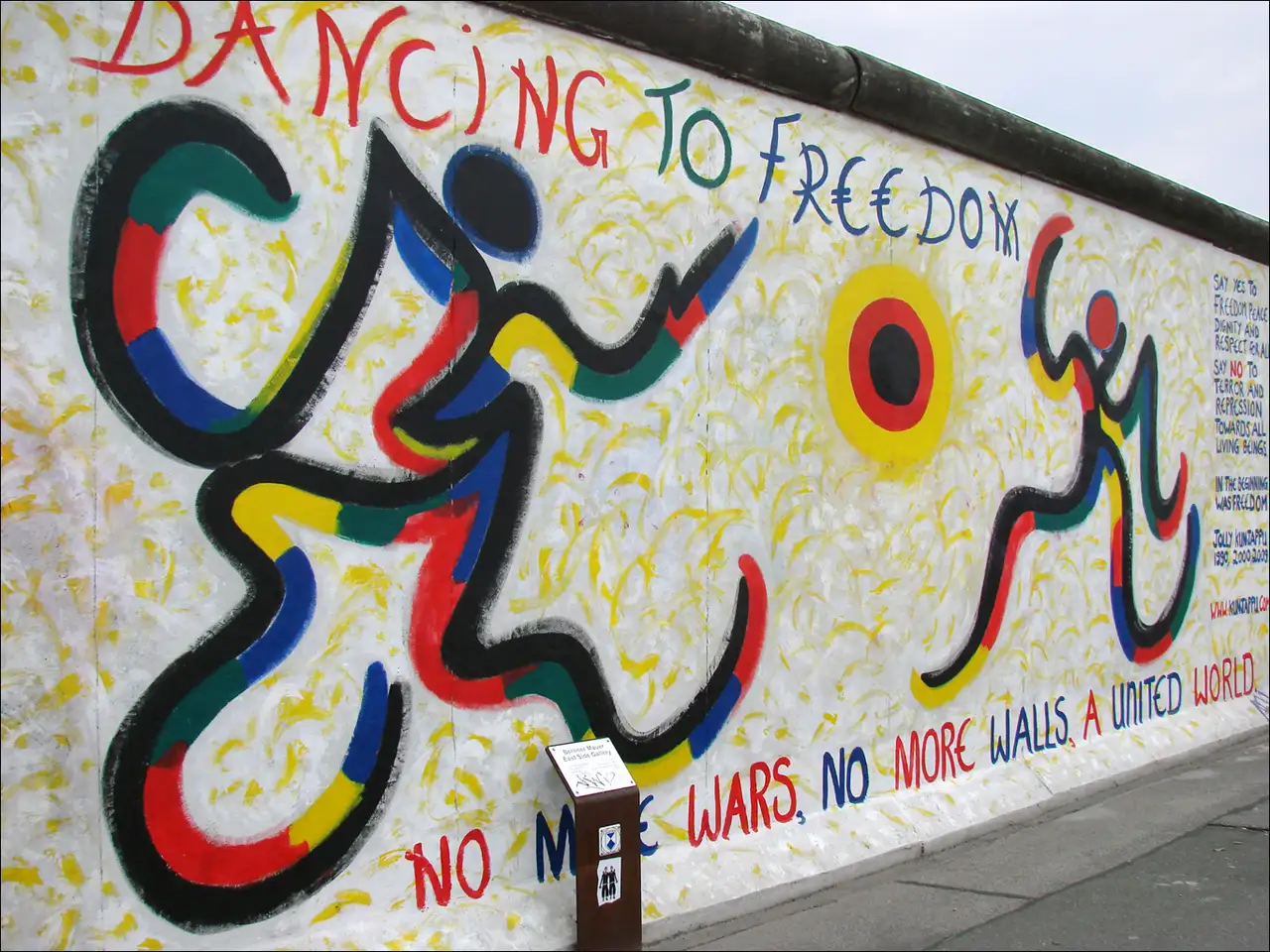
Take a walk through history at the East Side Gallery, the longest remaining stretch of the Berlin Wall that’s now the world’s largest open-air gallery. This 1.3-kilometer section features over 100 colorful murals painted by artists from around the globe, each telling stories of freedom, hope, and unity. You can spot iconic works like the “Fraternal Kiss” and “Test the Rest” while strolling along Mühlenstraße. For the best photos, visit during early morning hours when the light is perfect and crowds are thin. It’s a must-see spot that brings together Berlin’s complex past and creative present in one remarkable place.
Museum Island

Located on a small island in the heart of Berlin’s Spree River, Museum Island feels like stepping into a living textbook of human civilization. This UNESCO World Heritage site houses five world-class museums, each telling its own fascinating story of art and history. Walking through the area, you’ll spot groups of students sketching the classical architecture, tourists pondering ancient Egyptian artifacts at the Neues Museum, and locals lounging on the grass between visits. Because of Berlin’s unique position during the Cold War, many of these museums were split between East and West, and you can still see evidence of this division in the reconstructed buildings and carefully restored collections. While other museum complexes might feel overwhelming, Museum Island’s layout makes it easy to explore one building at a time, taking breaks at the riverside cafes that dot the area.
Reichstag Building
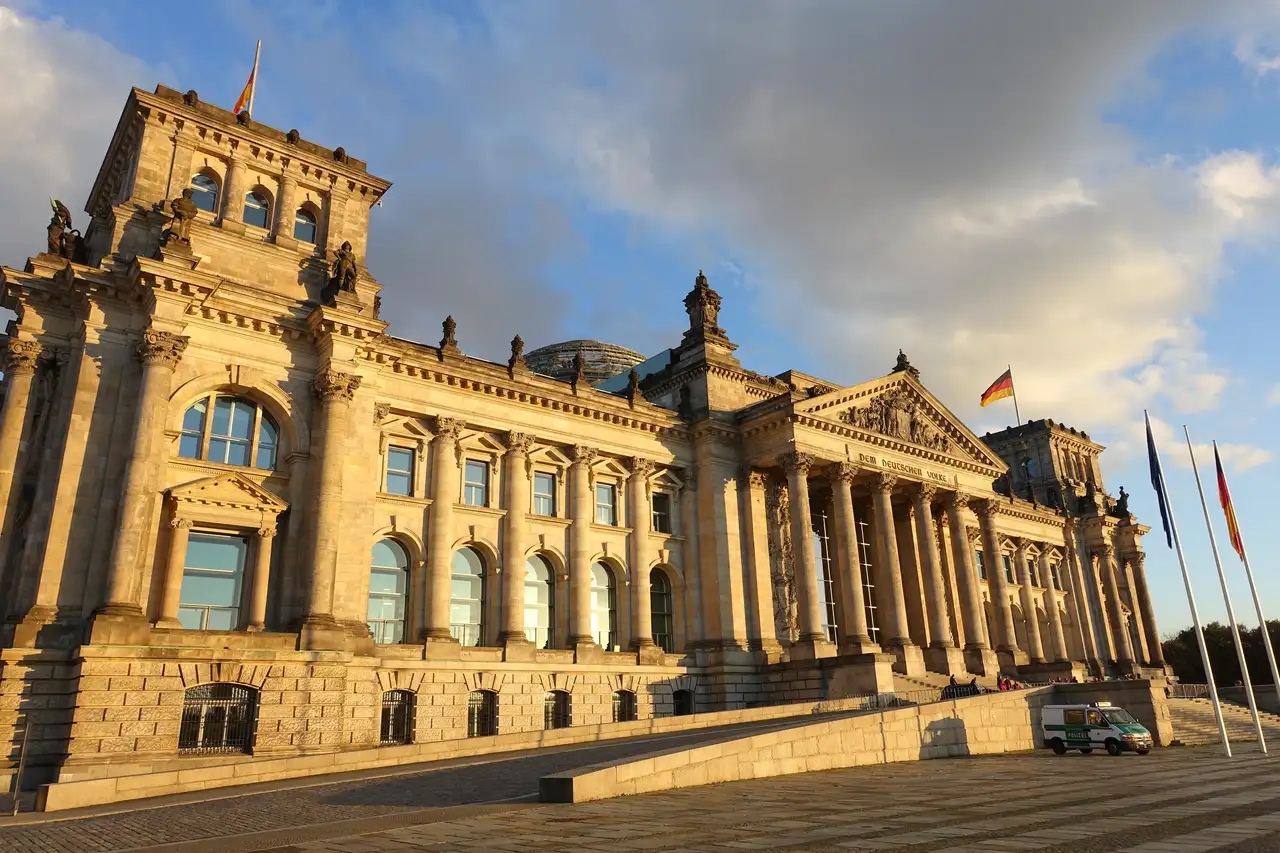
Many visitors come to the Reichstag Building for its famous glass dome, but this historic structure serves as much more than just a tourist attraction. As the home of Germany’s parliament (the Bundestag), the building stands as a symbol of German democracy and unity since the country’s reunification. The rooftop terrace and restaurant offer great views of Berlin’s government district, while free audio guides walk you through the building’s complex history – from its 1894 construction to its 1933 fire and its modern renovation. While the glass dome tends to draw the biggest crowds, the building’s ground-floor exhibits about German parliamentary history often get overlooked, making them a perfect stop for history buffs who want to avoid the usual tourist rush.
Cool Fact:
Did you know that after Germany’s reunification in 1990, the Reichstag building was completely wrapped in silver fabric by artists Christo and Jeanne-Claude as part of a massive art installation that drew millions of visitors? Today, this historic parliament building features a glass dome that visitors can walk up for free, offering views over Berlin while symbolically allowing citizens to look down on their political representatives working below.
Checkpoint Charlie

As one of Berlin’s most iconic Cold War landmarks, Checkpoint Charlie stands as a powerful reminder of the city’s divided past. This former border crossing point between East and West Berlin was once the main gateway where Allied forces, diplomats, and foreigners could cross between the two sections of the city. Today, you’ll find actors dressed as American soldiers posing for photos, and a replica guard house that marks the spot where tense standoffs between Soviet and American forces once took place. The nearby museum tells fascinating stories of daring escapes from East Berlin, with displays of hidden compartments in cars, suitcases, and even a hot air balloon that people used to cross the border. While it can feel a bit touristy nowadays, walking these streets helps you grasp just how recently Berlin was a city split in two.
This is interesting:
Did you know that Checkpoint Charlie was the main gateway between East and West Berlin during the Cold War, where countless dramatic escape attempts and spy exchanges took place between 1961-1989? Today, you can visit a replica of the original guard house complete with sandbags and guards in vintage American military uniforms posing for tourist photos, though history buffs should note that the real Checkpoint Charlie booth is actually preserved in the Allied Museum across town.
Alexanderplatz
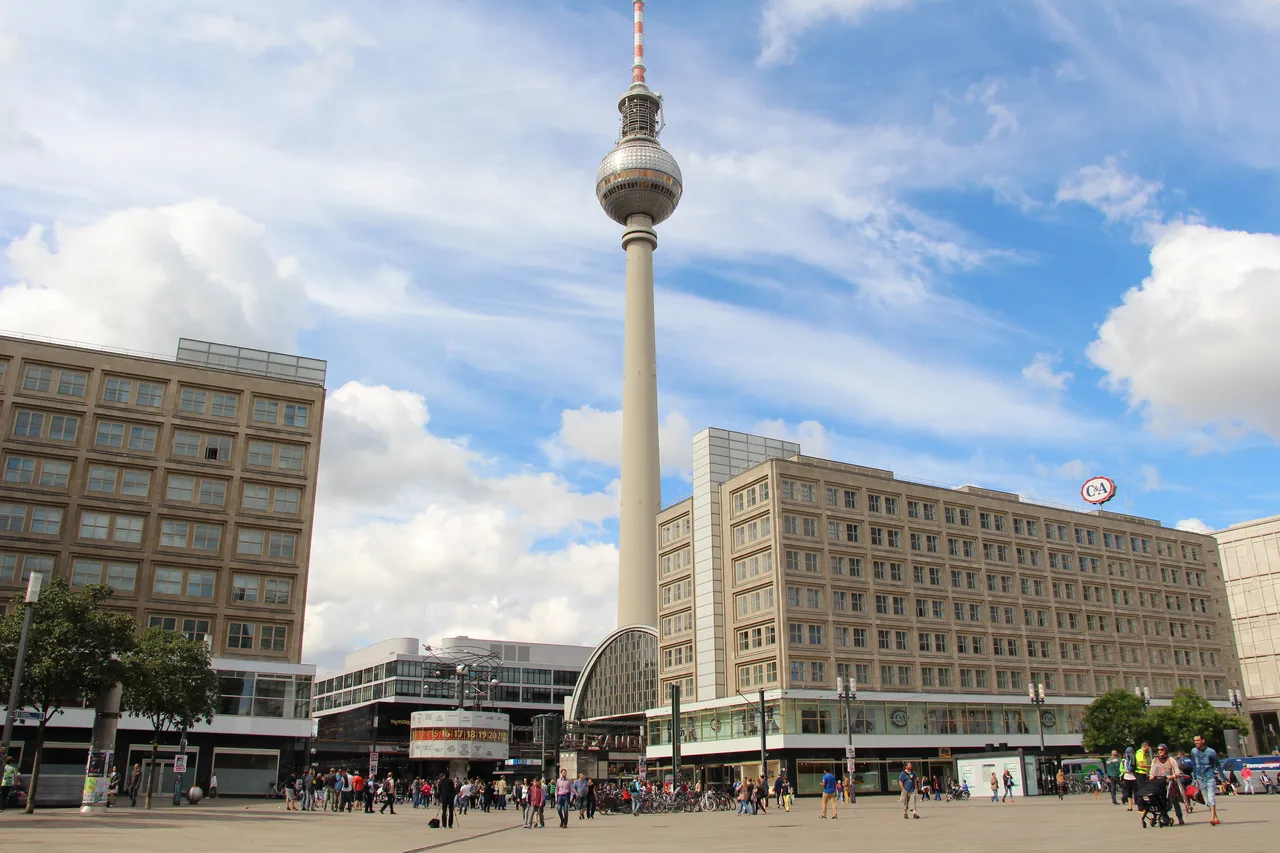
Step into the heart of East Berlin at Alexanderplatz, one of the city’s busiest public squares and transportation hubs. The iconic TV Tower dominates the skyline here, rising nearly 1,200 feet into the air and offering panoramic views of the city from its observation deck and rotating restaurant. At ground level, you’ll find a mix of shopping centers, restaurants, and historical landmarks like the World Time Clock and Neptune Fountain. It’s a great place to people-watch, grab a coffee at one of the outdoor cafes, or catch a train to other parts of the city. In winter, the square comes alive with one of Berlin’s popular Christmas markets, complete with traditional food stalls and handmade crafts.
Potsdamer Platz
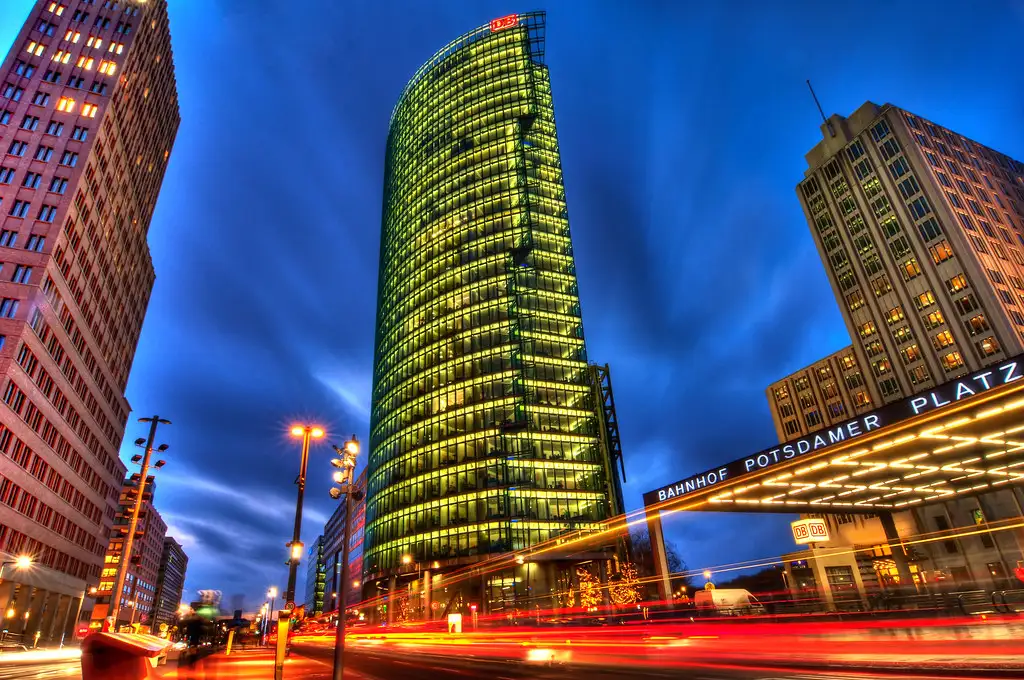
If you want to see modern Berlin in all its glory, head straight to Potsdamer Platz. Once a no-man’s land divided by the Berlin Wall, this bustling square has become the city’s most dramatic example of post-reunification development. The area now stands as a showcase of contemporary architecture, where gleaming skyscrapers house major corporations, shopping centers, and entertainment venues. What I love most about visiting is how it perfectly captures Berlin’s ability to reinvent itself – you can grab a coffee at one of the outdoor cafes, catch the latest blockbuster at the Sony Center, or simply watch the steady stream of locals and tourists mixing together in what was, just a few decades ago, an empty space between East and West Berlin.
Tiergarten
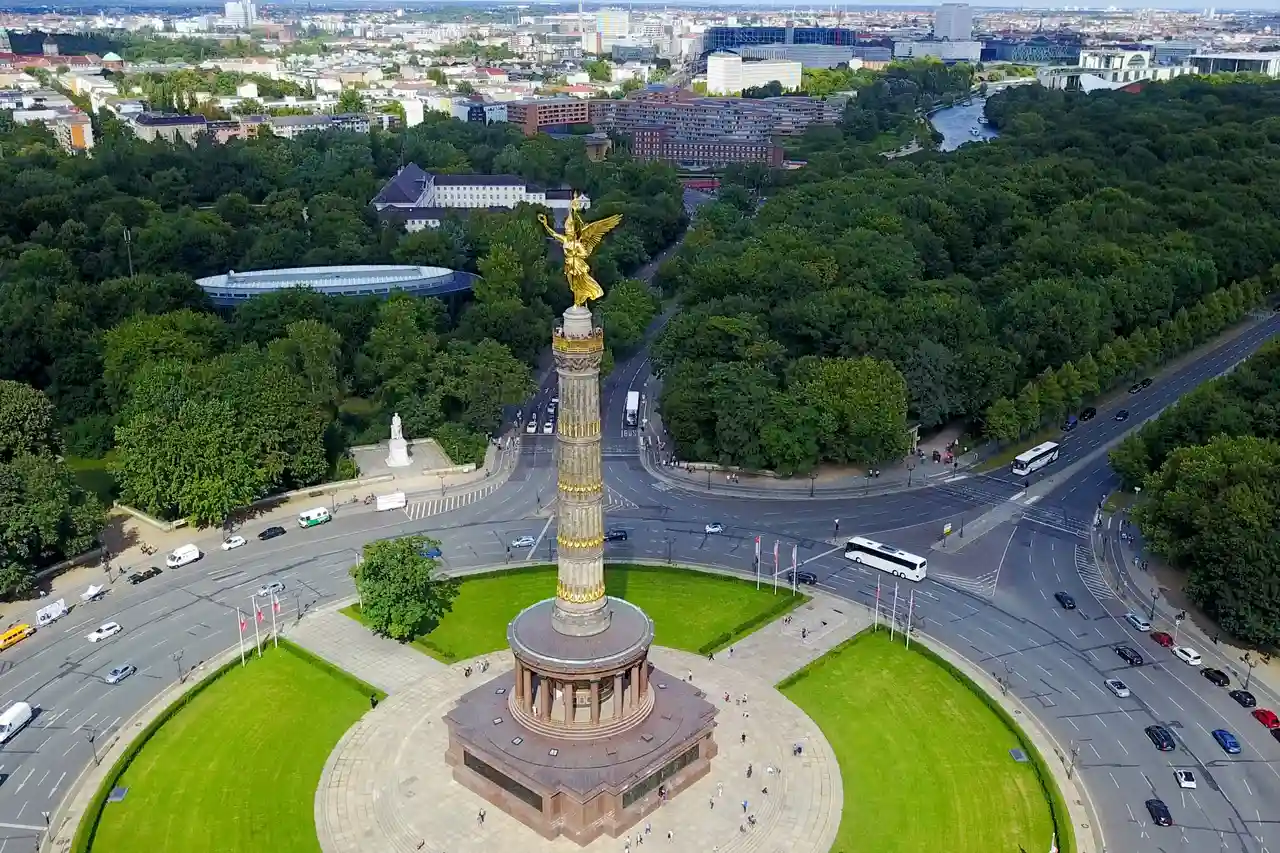
Sprawling across 520 acres in the heart of Berlin, Tiergarten feels like a green escape from the city’s concrete landscape. Much like other major urban parks, it has winding paths, picnic spots, and peaceful gardens. But unlike the others, it carries centuries of history in every corner. Just wander past the beer gardens filled with locals lounging in the sun, or spot the joggers weaving through monuments from different eras, and you’ll see what makes it special. Because of its central location and size, Tiergarten has served many purposes over time – from a royal hunting ground in the 16th century to a vital source of firewood after World War II. Today, you’ll find both tourists and Berliners sharing this massive green space, whether they’re rowing boats on the lake, visiting the zoo, or simply enjoying a peaceful afternoon under the shade of old trees.
Berlin Cathedral

When you’re exploring Berlin’s Museum Island, you can’t miss the imposing Berlin Cathedral with its massive green dome rising above the Spree River. This Protestant church has stood watch over the city since 1905, surviving bombs during World War II and serving as a symbol of Berlin’s resilience. Its grand exterior gets all the attention, but step inside and you’ll find yourself surrounded by intricate mosaics, marble columns, and a crypt where Prussian royals rest in peace. While most visitors snap photos from the outside, those who climb the 270 steps to the dome’s walkway are treated to one of the best views over central Berlin – trust me, your legs won’t forgive you, but your camera roll will thank you.
This is interesting:
Here’s a wild fact about Berlin Cathedral that might surprise you – it took nearly 10 years to restore after being damaged during World War II bombings, with workers painstakingly piecing together thousands of broken stained glass fragments like a giant puzzle. What you see today isn’t even the original design from the 1800s, as it’s actually the fourth version of the cathedral to stand in this spot, with each previous version being torn down to make way for bigger and grander buildings.
Holocaust Memorial
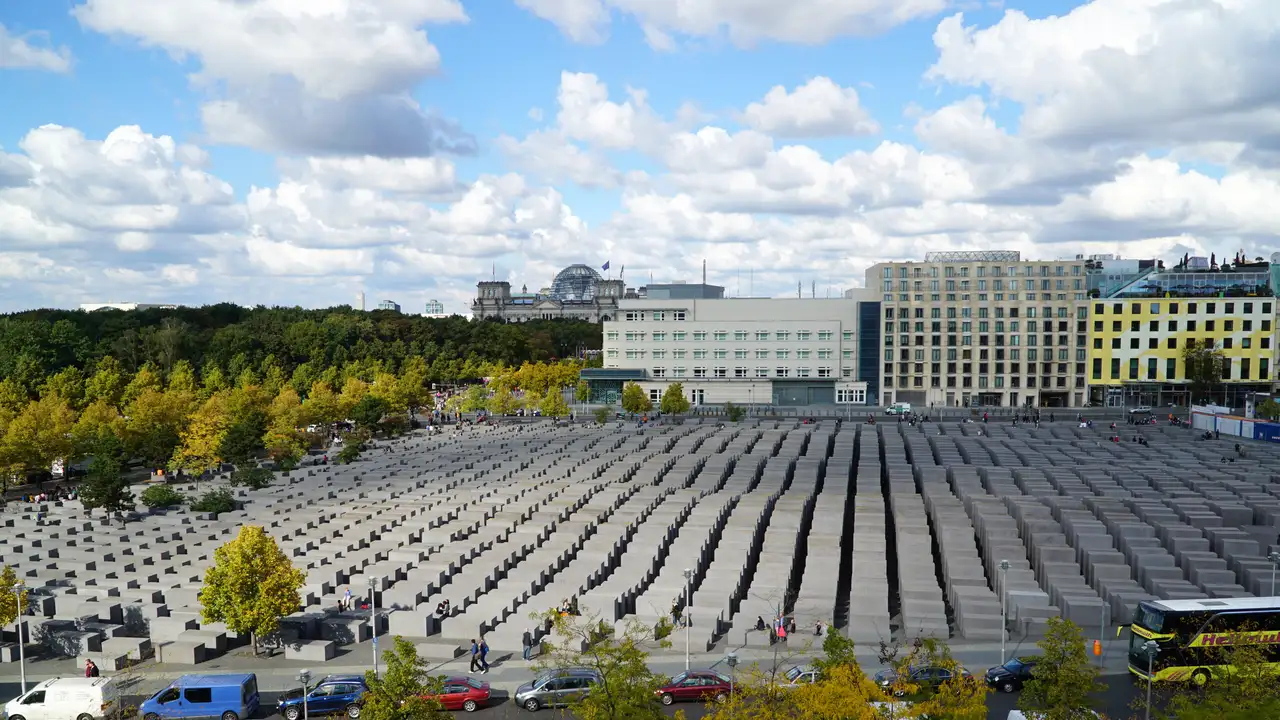
Opened in 2005, the Holocaust Memorial sits at the heart of Berlin as a powerful reminder of one of history’s darkest chapters. Made up of 2,711 concrete blocks arranged in a grid pattern, this monument spreads across 4.7 acres near the Brandenburg Gate. The gray blocks vary in height, creating an uneven landscape that visitors can walk through. As you move between the stone slabs, the ground slopes and curves, making you feel smaller and more isolated – exactly what the architect Peter Eisenman intended. Below the memorial, there’s an information center that tells personal stories of Jewish families during the Holocaust through letters, photographs, and diary entries. While not your typical tourist spot, this memorial gives visitors a chance to reflect and remember, making it an essential stop for anyone wanting to understand Berlin’s complex past.
Charlottenburg Palace
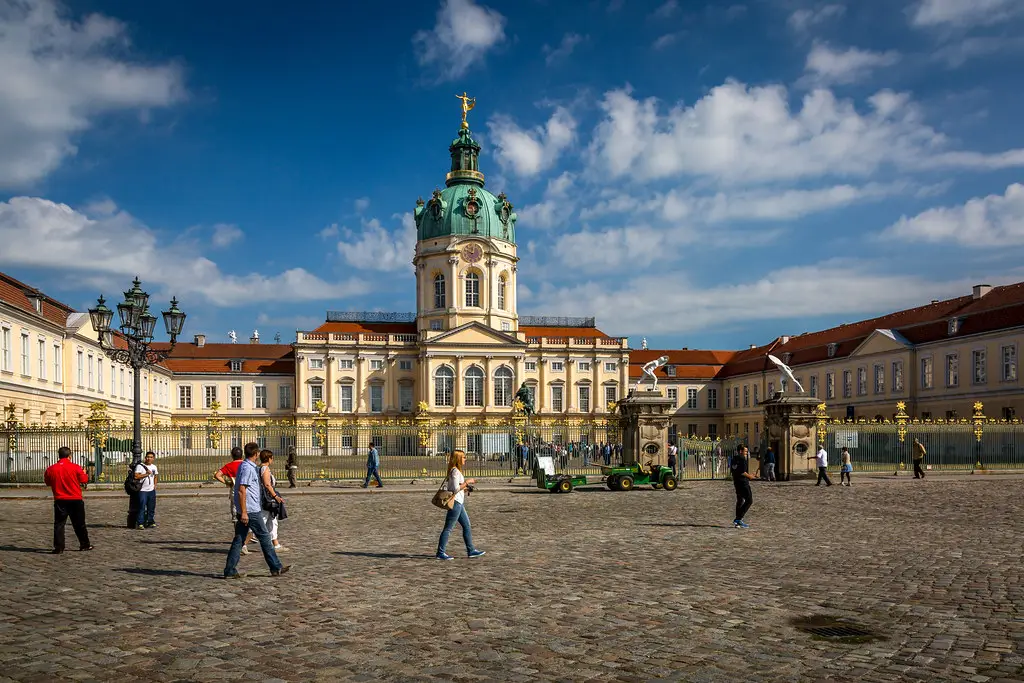
Ever wondered what it’s like to live like German royalty? Welcome to Charlottenburg Palace, the largest palace in Berlin and a testament to the extravagant tastes of Prussia’s rulers. Built in the late 17th century, this baroque beauty sits on perfectly manicured gardens where locals and tourists alike stroll on sunny afternoons. Inside, you’ll find yourself walking through rooms decked out in gold leaf and crystal chandeliers, each telling stories of the powerful Hohenzollern dynasty. The palace gardens are free to wander, and on summer weekends, you might catch classical musicians performing in the orangery, just as they did 300 years ago.
Did you know?
You might be surprised to learn that Charlottenburg Palace wasn’t originally meant to be quite so grand – it started as a modest summer home for Sophie Charlotte, the wife of Frederick I, before growing into Berlin’s largest palace. The palace took such a beating during World War II that experts thought it was beyond saving, but thanks to some dedicated restoration work in the 1950s, visitors today can explore the same halls that Prussian royalty once called home.
Gendarmenmarkt
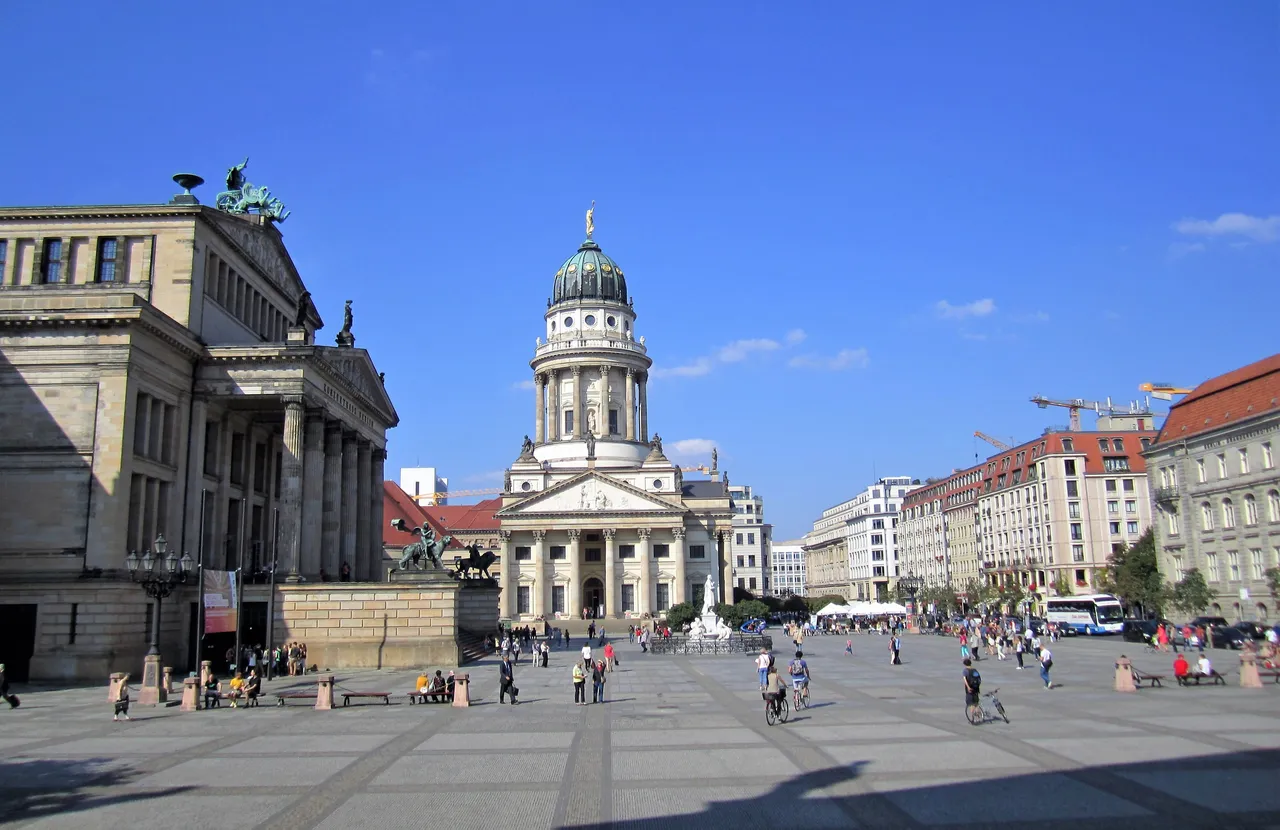
Many visitors come to Gendarmenmarkt for its impressive collection of historic buildings, but this public square can also be considered Berlin’s cultural heartbeat. Three architectural landmarks – the French Cathedral, German Cathedral, and Konzerthaus – frame this spacious plaza, making it one of the city’s most photographed spots. In winter, the Christmas market fills the square with twinkling lights and festive stalls, but you’ll find plenty of reasons to visit throughout the year, from open-air concerts to seasonal food festivals. The surrounding streets are lined with restaurants and cafes where you can sit and take in the square’s old-world charm while watching local life unfold.
Cool Fact:
This elegant square in Berlin has quite the backstory – it was named after a military unit called the “gens d’armes” who had their stables here in the 18th century before it became one of the city’s most beautiful public spaces. Today, the plaza is home to three remarkable buildings – the French Cathedral, German Cathedral, and Konzerthaus Berlin – making it a favorite spot for both locals and visitors to soak in some classic Berlin architecture.
Kreuzberg District
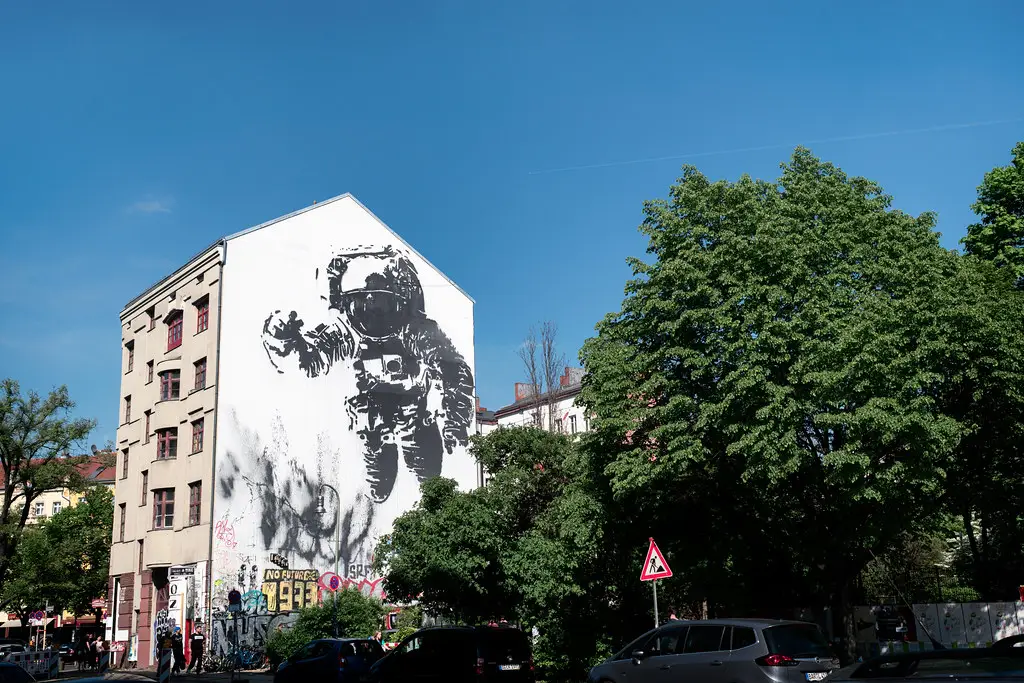
Of all the neighborhoods I’ve explored in Berlin, none captures the city’s creative spirit quite like Kreuzberg. This former West Berlin district has evolved from its punk rock roots into a melting pot of cultures, where Turkish markets stand alongside indie art galleries and old industrial buildings house trendy coffee shops. Walking through its graffiti-lined streets, you’ll find locals hanging out in cozy bars, food lovers queuing up for Berlin’s best döner kebabs, and artists working in converted warehouses. It’s not the polished Berlin you’ll find in guidebooks – and that’s exactly what makes it special. Those who venture into Kreuzberg discover the raw, authentic side of Berlin that keeps drawing people back.
Prenzlauer Berg
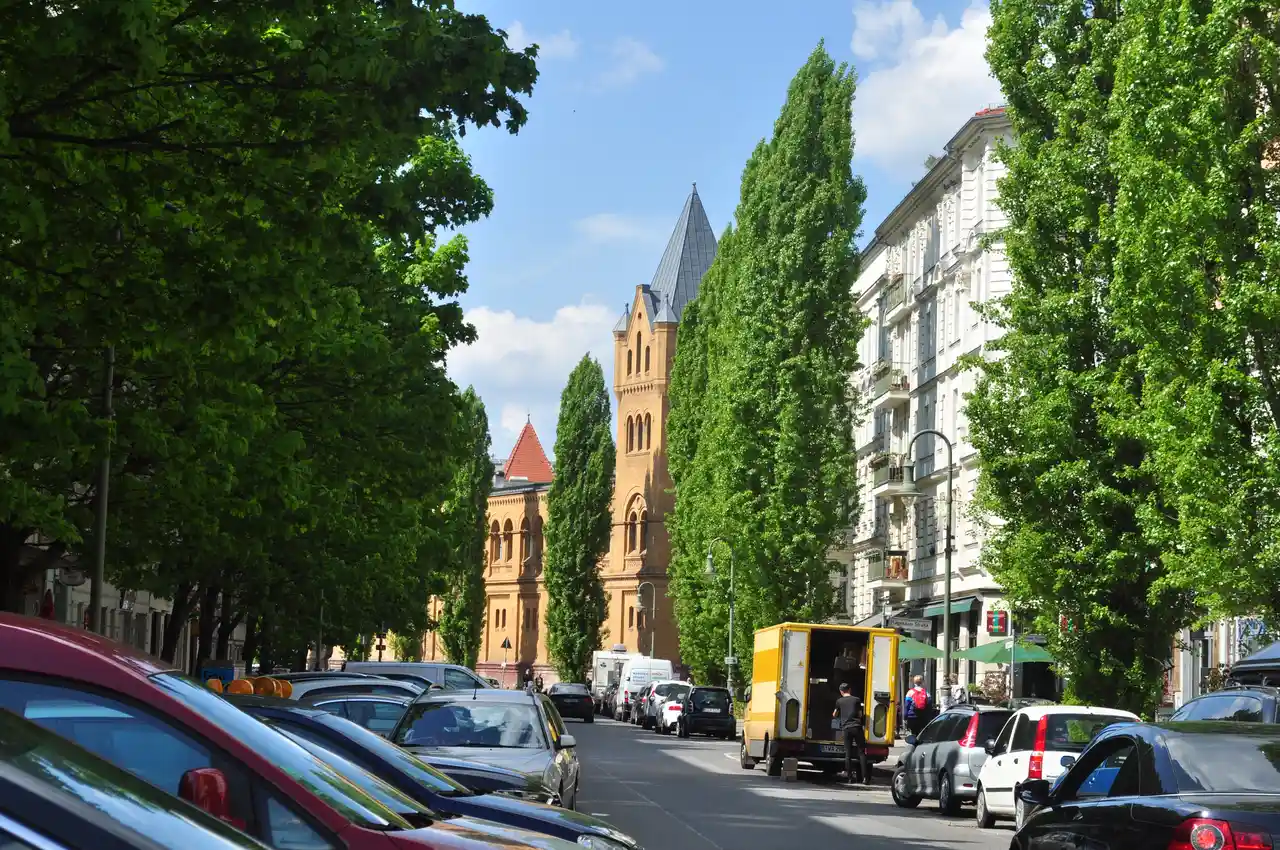
Located in northeast Berlin, Prenzlauer Berg tells a tale of the city’s transformation since the fall of the Wall. This former working-class district has kept its historic charm while becoming one of Berlin’s most livable neighborhoods. Wide, tree-lined streets lead you past beautifully restored pre-war buildings and into peaceful courtyards where local life unfolds. Unlike the tourist-heavy spots in Mitte, Prenzlauer Berg feels like a genuine slice of Berlin life, where young families push strollers past craft coffee shops and elderly residents tend to their garden plots. Thanks to its escape from heavy WWII bombing, the area maintains one of the largest collections of 19th-century architecture in Berlin, and you’ll find countless local restaurants, independent boutiques, and weekend markets tucked into these old buildings.
Berlin Wall Memorial
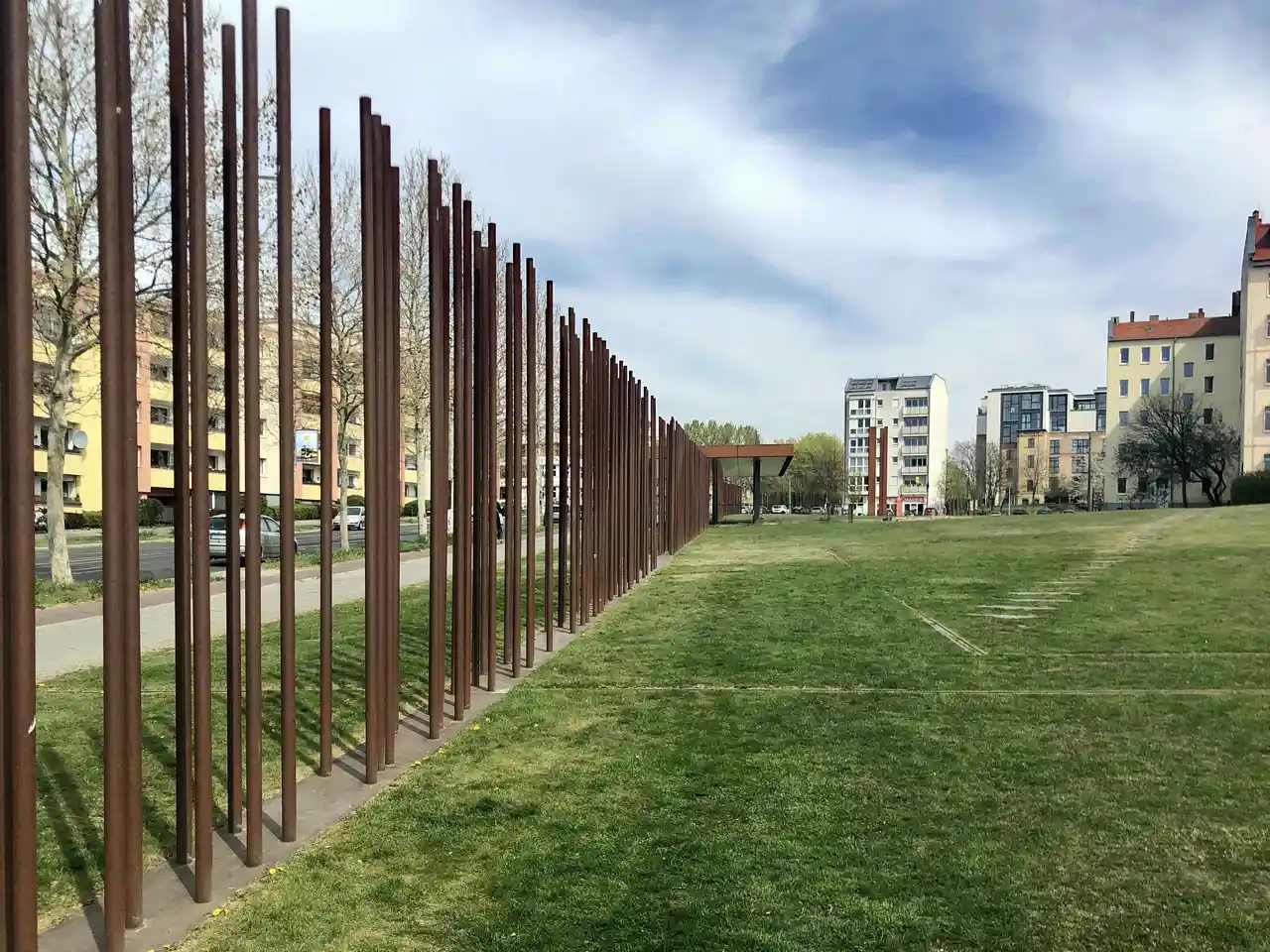
The Berlin Wall Memorial stands as both a sobering reminder and educational site along Bernauer Strasse, where some of the most dramatic scenes of divided Berlin played out. Unlike many historical monuments that keep visitors at a distance, this 1.4-kilometer stretch lets you walk alongside actual remnants of the wall and peer into the “death strip” where so many tried to escape. The memorial grounds include an open-air exhibition, a documentation center, and the Chapel of Reconciliation, built where a church once stood before being demolished by East German authorities. As you explore the site, you’ll find photographs and stories of people whose lives were forever changed by the wall, making their experiences feel surprisingly close despite the decades that have passed.
Mauerpark
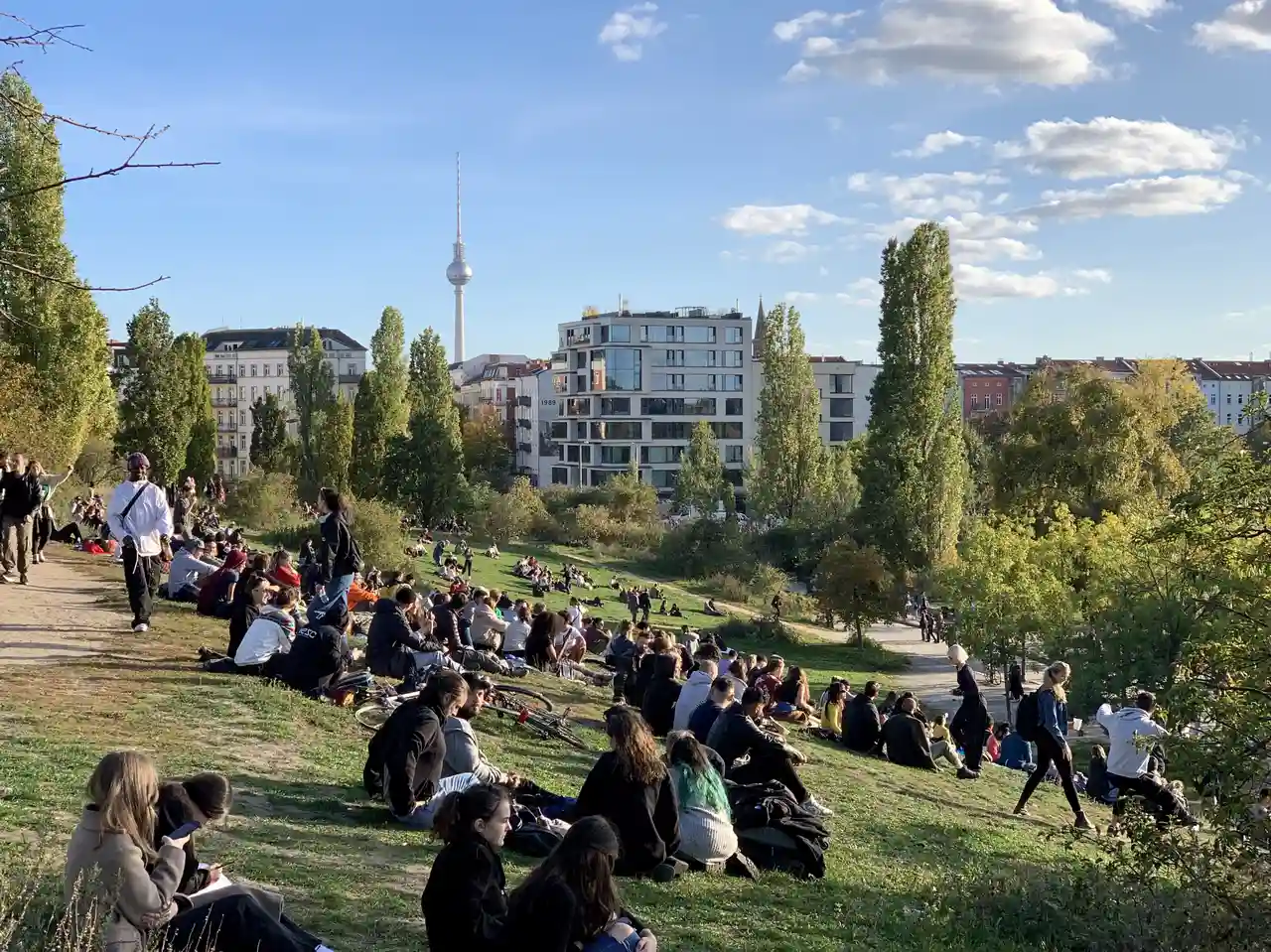
Once a death strip along the Berlin Wall, Mauerpark has become one of the city’s most beloved gathering spots. This sprawling green space comes alive every Sunday when thousands of locals and tourists alike flood in for the famous flea market, where you can dig through vintage treasures and grab street food from vendors dotting the paths. The park’s true magic happens at the outdoor amphitheater, where the weekly bearpit karaoke draws massive crowds to watch brave souls belt out their favorite tunes. It’s not the most polished park in Berlin – the graffiti-covered walls and slightly scruffy lawns are part of its charm – but that’s exactly what makes it feel like the beating heart of alternative Berlin culture.
Hackescher Markt
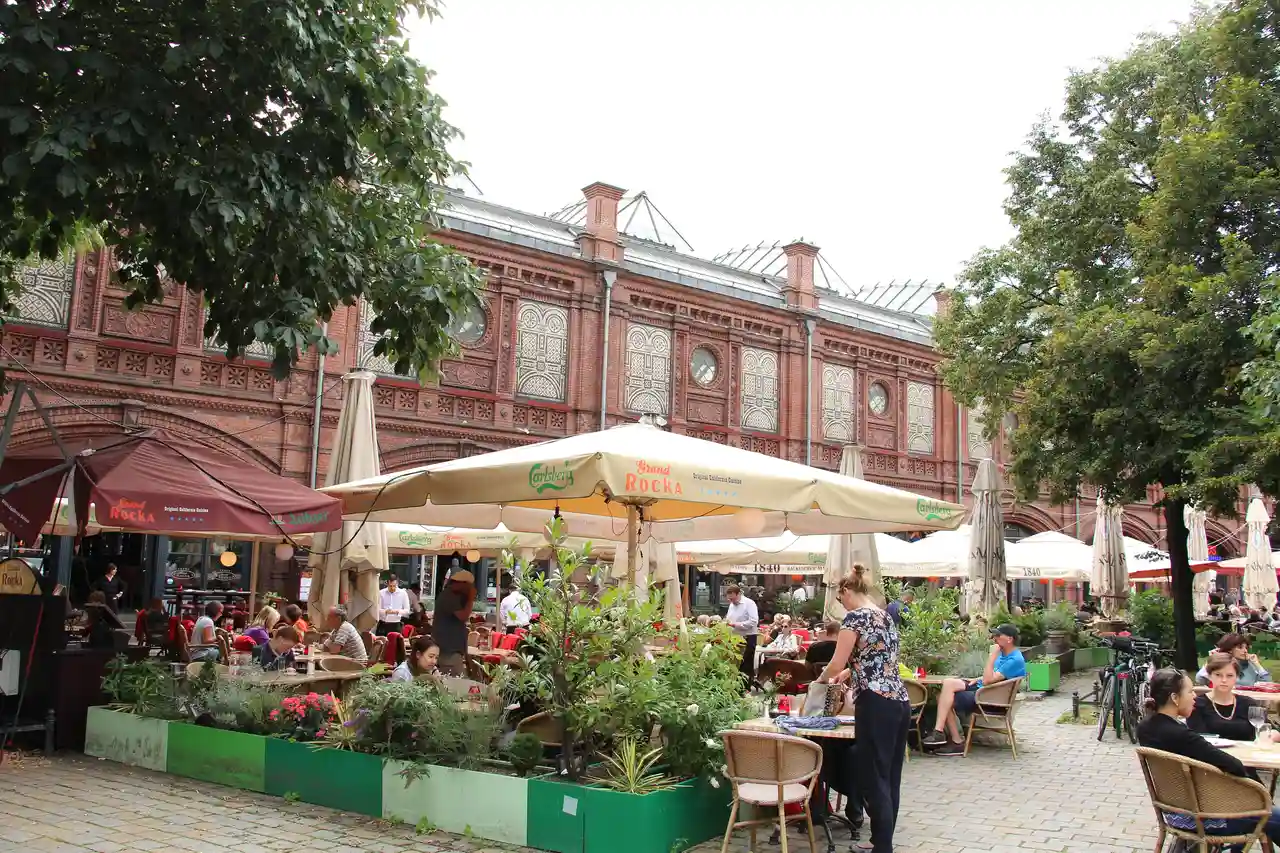
Located in the heart of Berlin’s Mitte district, Hackescher Markt is where old-world charm meets modern city life. Like many popular spots in Berlin, it has its share of cafes, boutiques, and street art, but there’s something distinctly different about this place. Just watch the mix of locals and tourists flowing through the eight courtyards of the Hackesche Höfe, and you’ll see what makes it special. Thanks to its history as a Jewish quarter in the early 1900s, the area features beautiful Art Nouveau architecture and has kept its authentic neighborhood feel, even as new restaurants and shops have moved in. The market square comes alive twice a week with vendors selling everything from fresh produce to vintage finds, while the nearby S-Bahn station’s iron arches stand as a reminder of Berlin’s industrial past.
Victory Column
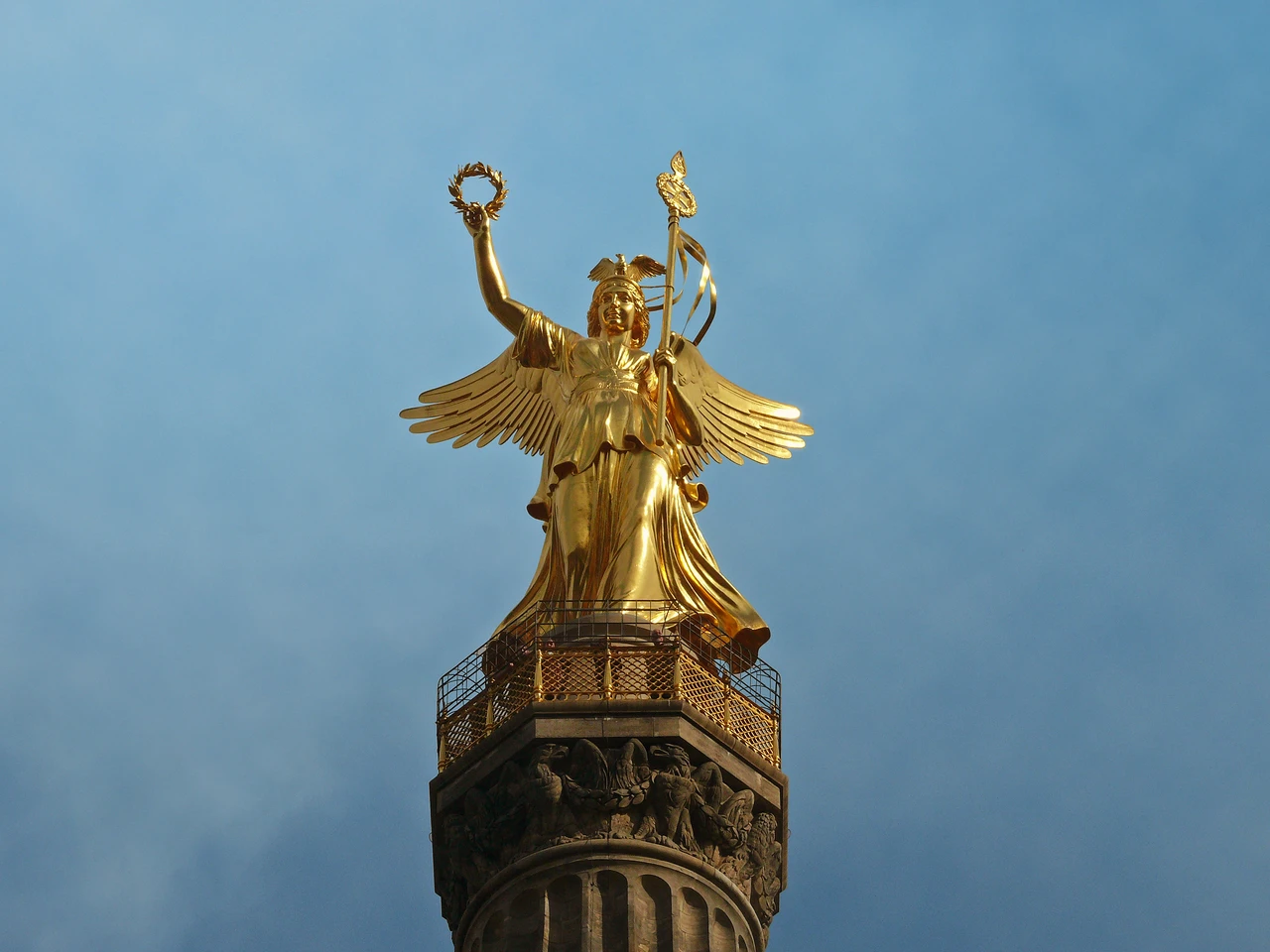
The Victory Column stands tall in the heart of Berlin’s Tiergarten, a monument I first encountered while cycling through the park in 2019. Originally built to celebrate Prussia’s victory in the Danish-Prussian War, this 67-meter golden statue has become one of Berlin’s most recognizable landmarks. The column’s observation deck, reached by climbing 285 steps, offers panoramic views of the surrounding parkland and city skyline. The bronze Victoria figure at the top, affectionately nicknamed “Golden Else” by locals, has watched over Berlin since 1873, surviving both World Wars and becoming a symbol of resilience in a city that’s seen profound changes.
Kaiser Wilhelm Memorial Church
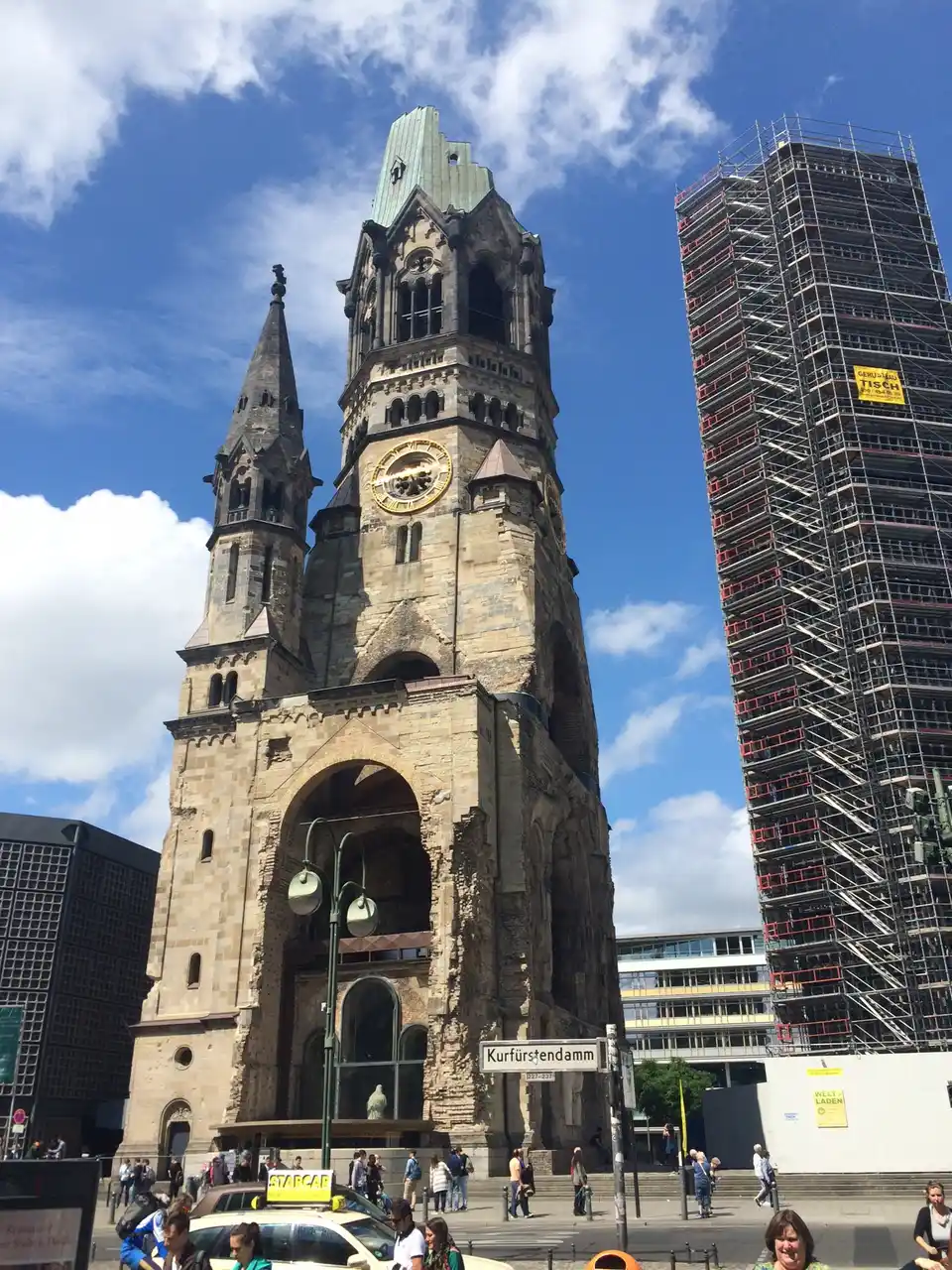
Step back in time at the Kaiser Wilhelm Memorial Church, a powerful symbol of Berlin’s history and resilience. The original church, damaged during World War II, now stands alongside a modern church building, creating a unique blend of old and new architecture. You can explore the old church’s preserved ruins, which house a memorial hall with photos and artifacts from its past. For a peaceful moment, visit the new church’s blue-glass interior, where thousands of small glass pieces create a calming atmosphere perfect for quiet reflection. It’s a must-visit spot to understand Berlin’s journey from wartime devastation to modern-day renewal.

